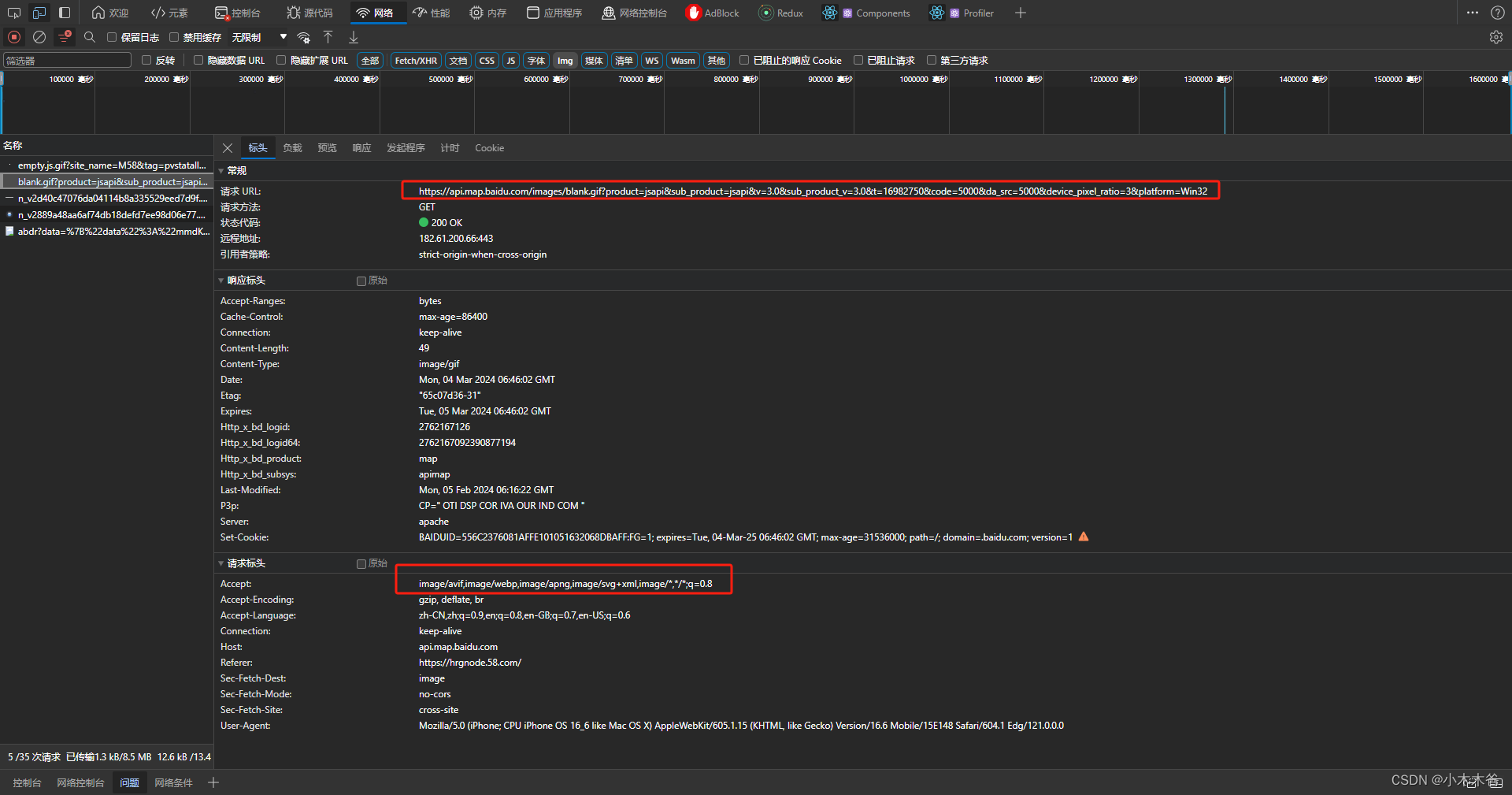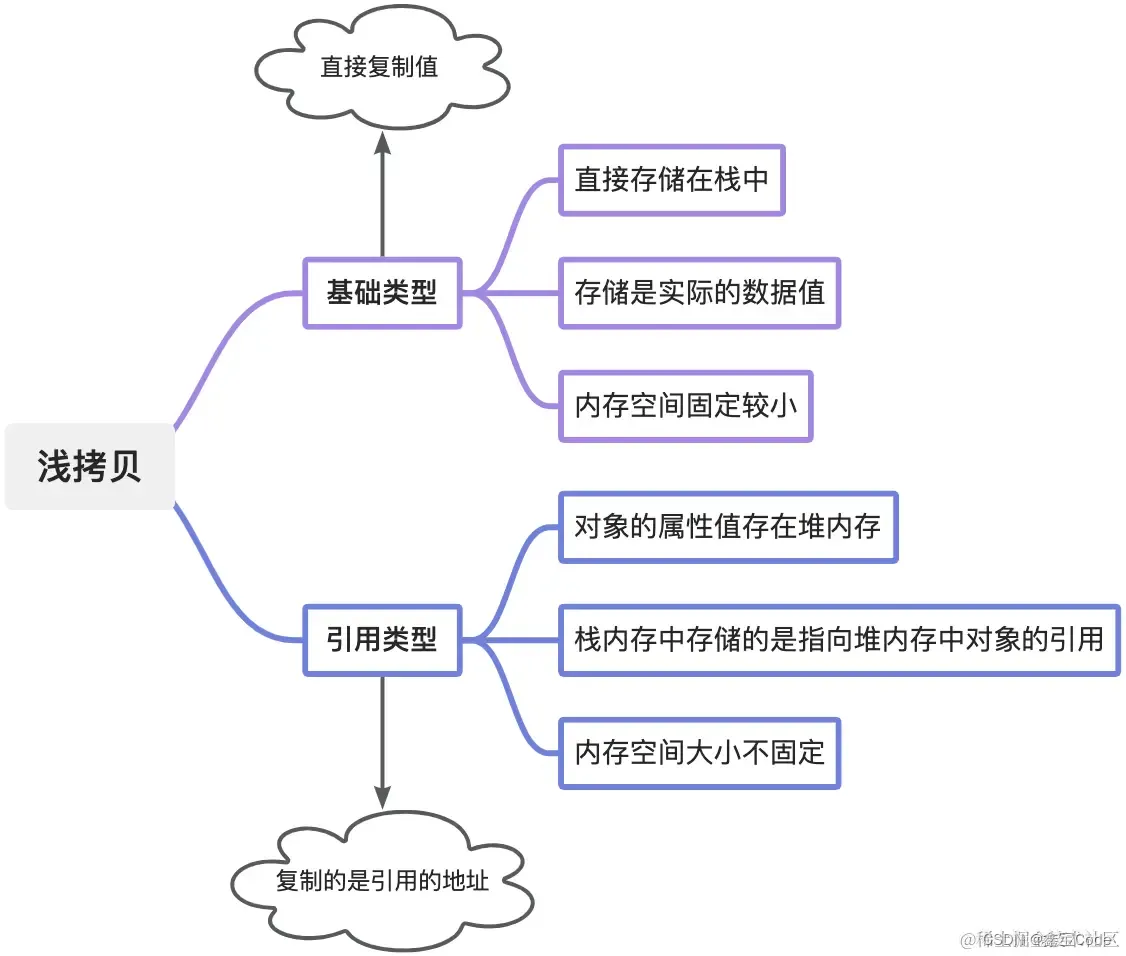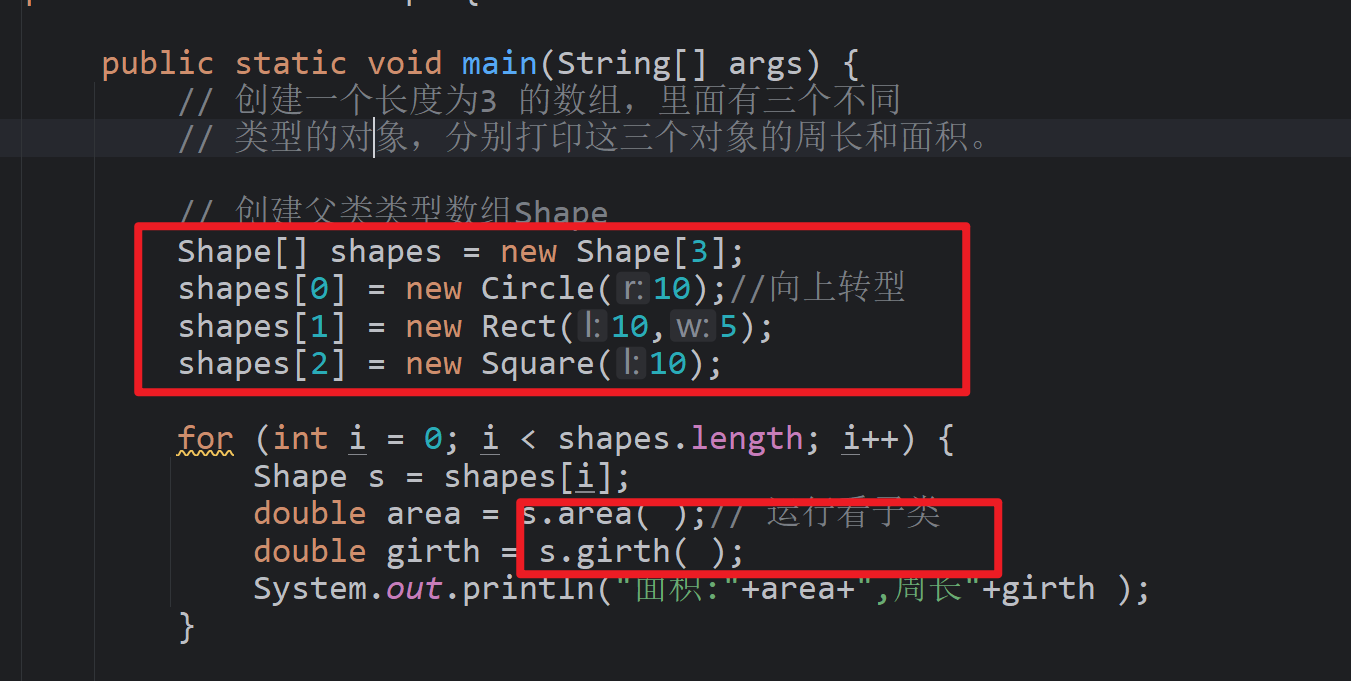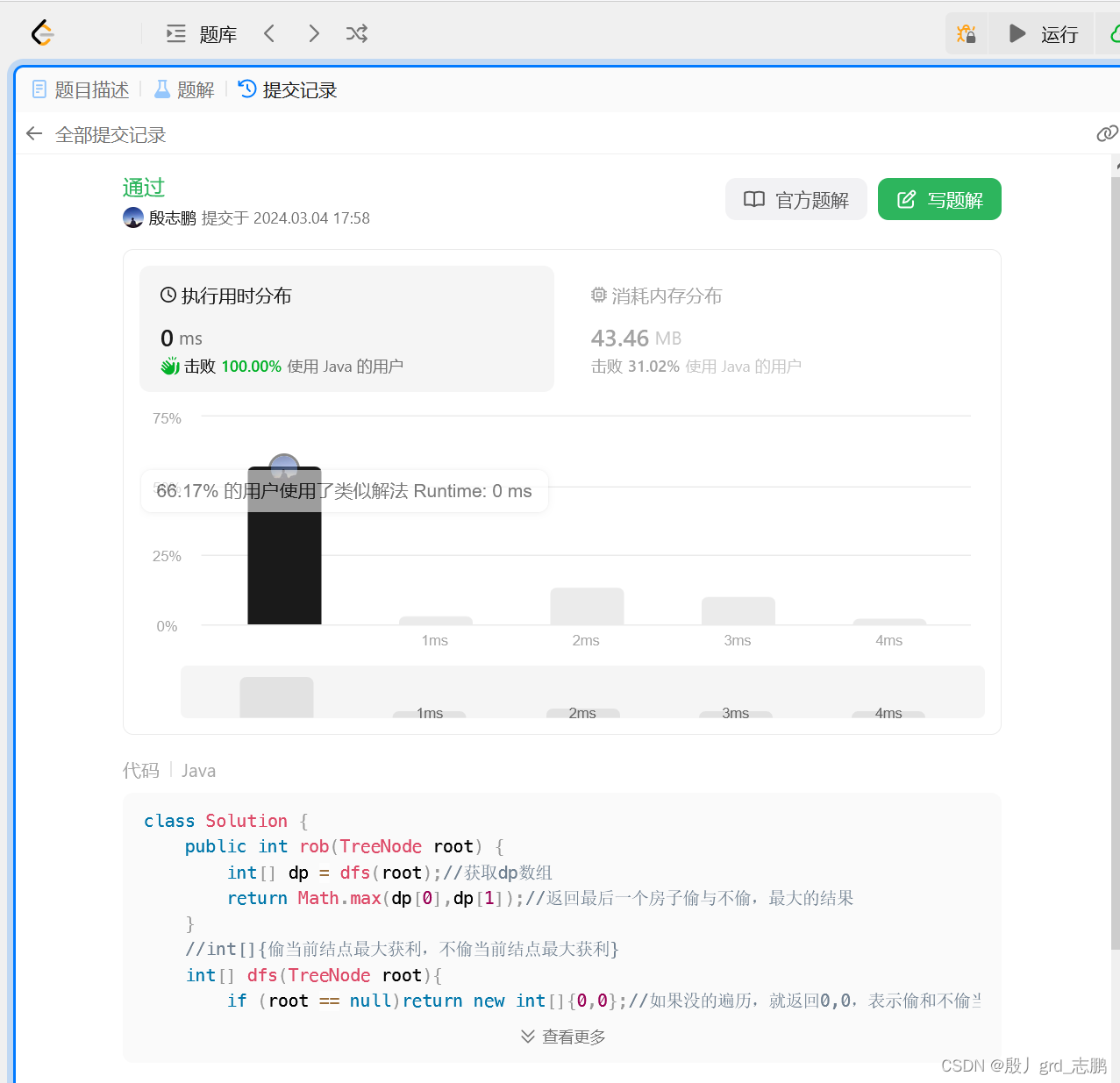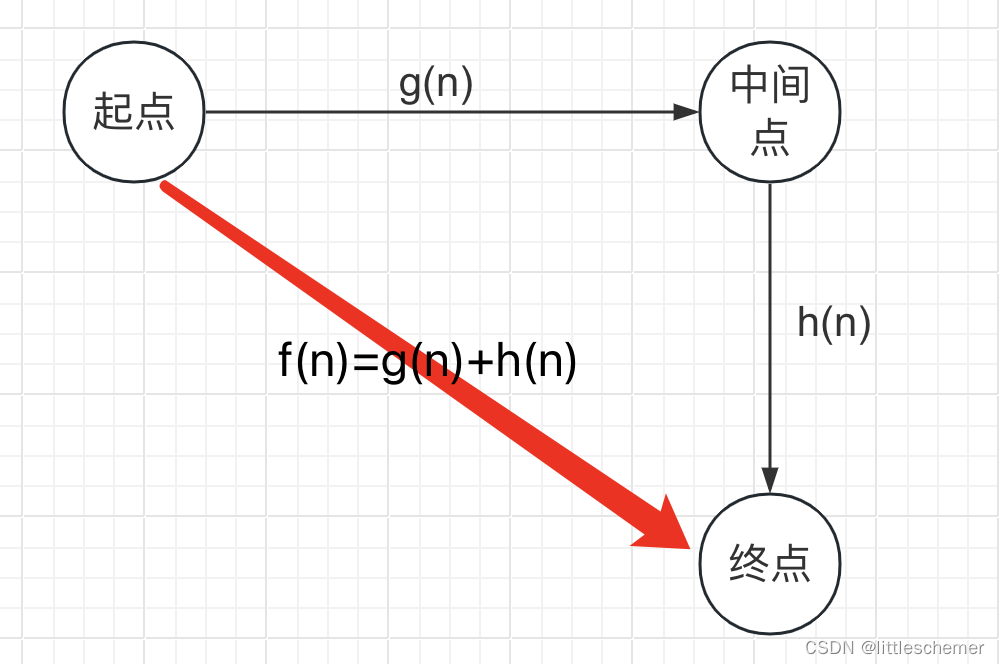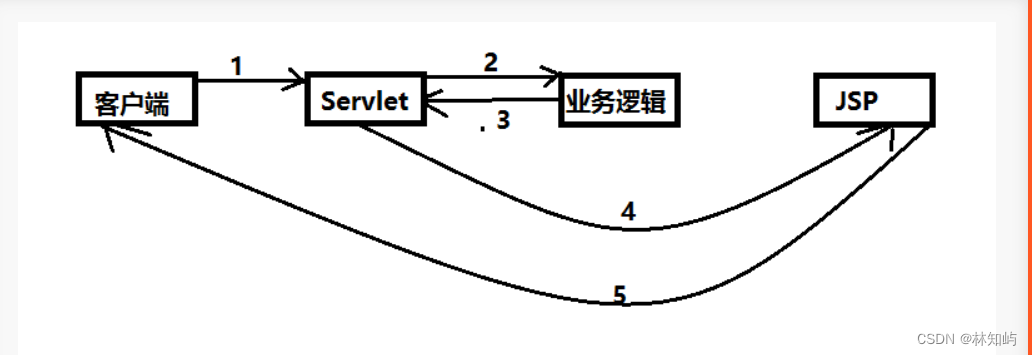🌟 欢迎来到我的博客! 🌈
💡 探索未知,分享知识 💫

- **🌟 欢迎来到我的博客! 🌈**
- **💡 探索未知,分享知识 💫**
- 深入探索Java线程管理:Thread类的全面指南
- 线程创建
- 1. 继承`Thread`类并重写`run`方法
- 2. 实现`Runnable`接口并重写`run`方法
- 3. 继承`Thread`类,使用匿名内部类
- 4. 实现`Runnable`接口,使用匿名内部类
- 5. 使用`Lambda`表达式
- 线程中断
- 线程等待
- 线程休眠
- 获取线程实例
深入探索Java线程管理:Thread类的全面指南
Java的多线程管理是构建高效、响应快速应用程序的基石之一。Thread类在此过程中扮演着中心角色,提供了丰富的方法来创建、控制并管理线程的生命周期。从基本的线程创建到高级的线程同步控制,理解Thread类的使用是每个Java程序员的必备技能。
线程创建
在Java中,线程可以通过以下五种方式创建:
1. 继承Thread类并重写run方法
创建一个Thread的子类,并重写其run方法以定义线程执行的操作。然后实例化这个子类并调用其start方法来启动线程。
class MyThread extends Thread {
public void run() {
System.out.println("Thread is running.");
}
}
public class TestThread {
public static void main(String args[]) {
MyThread t1 = new MyThread();
t1.start();
}
}
2. 实现Runnable接口并重写run方法
实现Runnable接口并将其实例传递给Thread对象的构造器,然后通过Thread对象调用start方法。
class MyRunnable implements Runnable {
public void run() {
System.out.println("Runnable is running.");
}
}
public class TestRunnable {
public static void main(String args[]) {
Thread t2 = new Thread(new MyRunnable());
t2.start();
}
}
3. 继承Thread类,使用匿名内部类
这种方法允许你在需要时快速创建线程而无需显式子类化Thread。
public class AnonymousThread {
public static void main(String[] args) {
new Thread() {
public void run() {
System.out.println("Thread is running.");
}
}.start();
}
}
4. 实现Runnable接口,使用匿名内部类
类似地,这种方法允许快速创建线程而无需显式实现Runnable接口。
public class AnonymousRunnable {
public static void main(String[] args) {
new Thread(new Runnable() {
public void run() {
System.out.println("Runnable is running.");
}
}).start();
}
}
5. 使用Lambda表达式
Java 8引入的Lambda表达式使得实现Runnable接口的线程创建更加简洁。
public class LambdaThread {
public static void main(String[] args) {
new Thread(() -> {
System.out.println("Lambda Runnable is running.");
}).start();
}
}
线程中断
线程中断是一种协作机制,用于请求线程停止当前操作并执行其他任务。通过调用interrupt方法来实现。
Thread t = new Thread(() -> {
while (!Thread.currentThread().isInterrupted()) {
// 任务代码
}
});
t.start();
t.interrupt();
线程等待
线程等待是通过wait和notify/notifyAll方法实现的,这些方法用于线程间的协调。
class WaitNotifyExample {
public synchronized void waitMethod() {
while (someCondition) {
try {
wait();
} catch (InterruptedException e) {
Thread.currentThread().interrupt(); // handle interrupt
}
}
}
public synchronized void notifyMethod() {
// 修改条件
notify();
}
}
线程休眠
线程休眠通过Thread.sleep方法实现,使当前线程暂停执行指定时间。
Thread.sleep(1000); // 休眠1秒
获取线程实例
在线程的run方法内部,可以通过调用Thread.currentThread()静态方法获取当前正在执行的线程实例。
Thread t = Thread.currentThread();
注意 :
| 通过掌握这些基本的线程操作,你就能开始利用Java的并发编程能力,创建更加响应快速、效率更高的应用程序了。记得,正确地管理线程是防止资源竞争和死锁的关键,因此在设计多线程应用时,务必谨慎。 |
